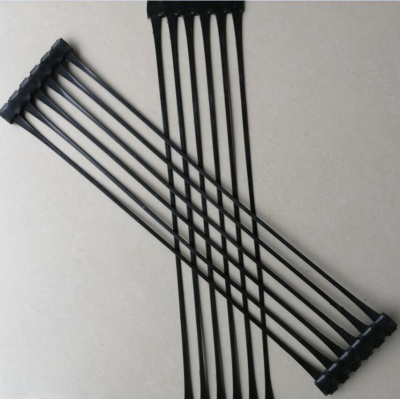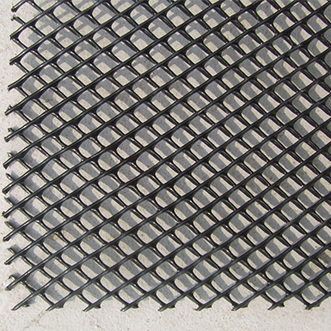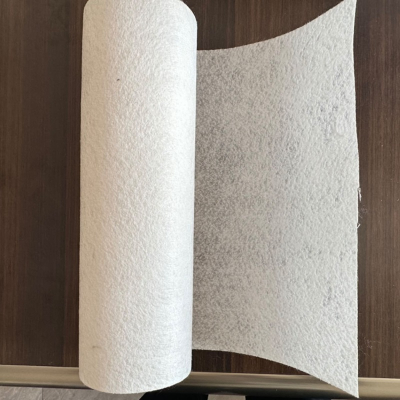Geotextile
engineering, providing innovative solutions for a wide range of construction challenges. Their versatility and effectiveness make them a valuable asset in ensuring the integrity and longevity of infrastructure projects.
Geotextile Product Details and Professional Analysis
Overview: Geotextiles are synthetic permeable textile materials that are widely used in civil engineering and construction projects for soil stabilization, erosion control, drainage, and filtration applications. They are designed to enhance the performance and longevity of infrastructure by providing reinforcement and protection to the underlying soil.
Key Features:
Made from polypropylene, polyester, or other synthetic fibers
Available in various weights, thicknesses, and filtration properties
Resistant to biological degradation, chemicals, and UV exposure
Capable of withstanding high loads and stresses
Provides excellent water permeability and filtration efficiency
Applications:
Road construction: Geotextiles are used in the construction of roads, highways, and pavements to improve the soil's strength and prevent soil erosion.
Landfill lining: Geotextiles are used in landfill engineering to separate the waste from the underlying soil and provide drainage and filtration.
Retaining walls: Geotextiles are utilized in the construction of retaining walls to enhance stability and prevent soil erosion.
Coastal protection: Geotextiles are employed in coastal and shoreline protection projects to mitigate erosion and maintain the integrity of coastal structures.
Product Parameter
Project | Performance indicators | |||||||
Nominal Strength,kN/m | 5 | 8 | 11 | 20 | 24 | 28 | 34 | 50 |
Longitudinal and Transverse Tensile Breaking Strength,kN/m | ≥5.0 | ≥8.0 | ≥11.0 | ≥20.0 | ≥24.0 | ≥28.0 | ≥34.0 | ≥50.0 |
Longitudinal and Transverse Elongation At Break | 50%~90% | |||||||
Longitudinal and Transverse Tearing Strength, kN | ≥0.15 | ≥0.24 | ≥0.35 | ≥0.42 | ≥0.50 | ≥0.58 | ≥0.65 | ≥0.90 |
CBR Top Break Power, kN | ≥1.0 | ≥1.7 | ≥2.5 | ≥3.5 | ≥4.3 | ≥5.3 | ≥6.2 | ≥7.0 |
Vertical and Horizontal Grip Strength, kN | ≥0.3 | ≥0.6 | ≥0.9 | ≥1.3 | ≥1.7 | ≥2.0 | ≥2.4 | ≥3.0 |
Thicknesses, mm | ≥1.2 | ≥1.6 | ≥1.8 | ≥2.4 | ≥2.8 | ≥3.0 | ≥3.2 | ≥3.4 |
Equivalent Pore Size, ο95 mm | 0.07~0.20 | |||||||
Vertical Permeability Coefficient,cm/s | ≤2.0×10-1 | |||||||
UV Strength Retention Rate | ≥80% | |||||||
Mass Per Unit Area,g/m2 | ≥100 | ≥150 | ≥200 | ≥300 | ≥400 | ≥500 | ≥600 | ≥800 |
Quality Deviation Per Unit Area | ±5% | ±4% | ±3% | |||||
Width Deviation | ±0.5% | |||||||
Tensile Strength of Geobags At Seams,kN/m | — | ≥6.5 | ≥9.0 | ≥16.0 | — | — | — | — |
Professional Analysis: Geotextiles play a crucial role in modern civil engineering projects by offering cost-effective, sustainable, and environmentally-friendly solutions for soil stabilization and erosion control. The diverse range of geotextile products available in the market allows engineers and designers to tailor solutions to meet specific project requirements.
The use of geotextiles can reduce construction costs, improve project efficiency, and enhance the overall durability and performance of infrastructure. By selecting the appropriate geotextile material based on the project's needs, engineers can optimize the design to achieve long-term stability and sustainability.







